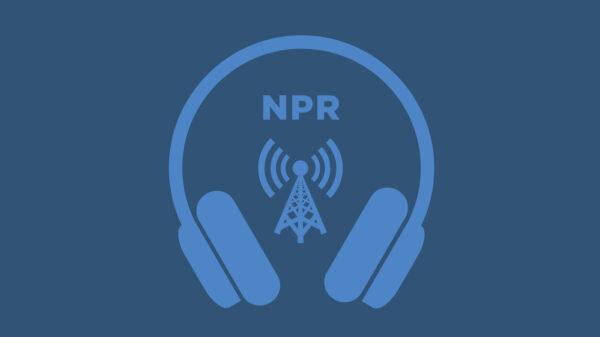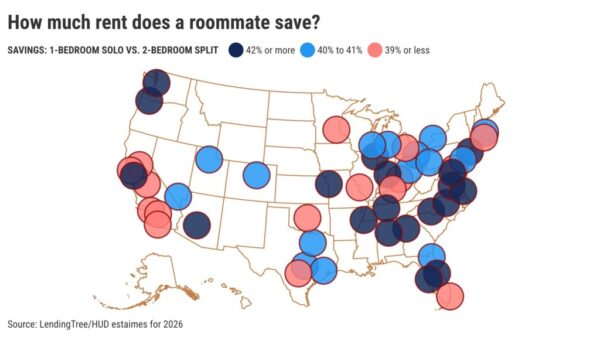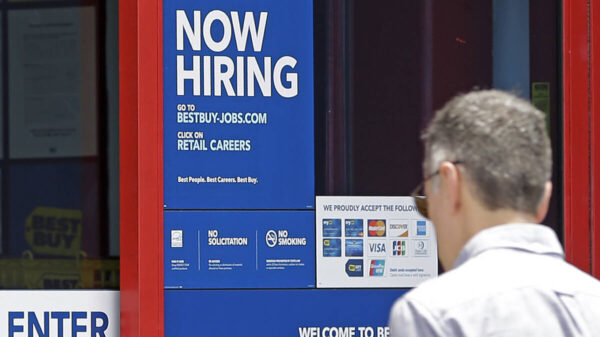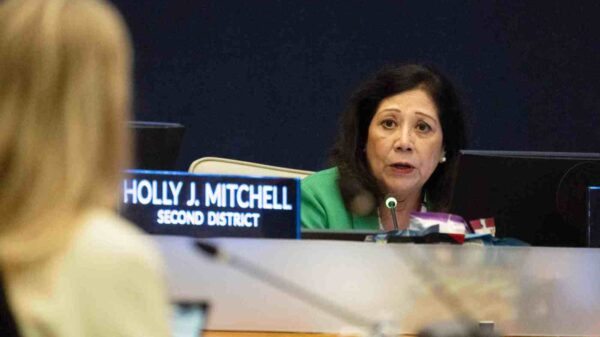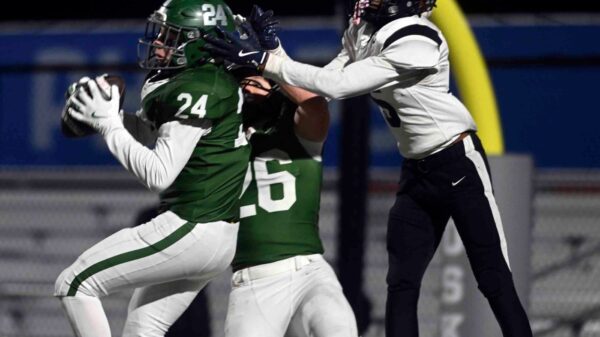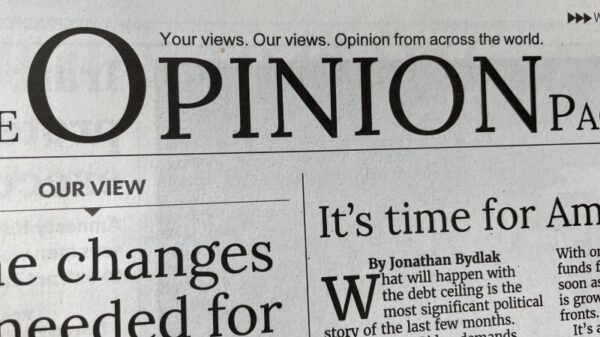The landscape of transgender visibility has shifted dramatically in recent years, with many advocates now questioning whether the openness that once promised acceptance has become a dangerous liability. Following the recent return of Donald Trump to political prominence, a wave of initiatives targeting trans individuals has surfaced, leading some within the community to ponder the consequences of their visibility.
From Acceptance to Risk
In the wake of Trump’s election, numerous transgender individuals, including writers and activists, felt compelled to secure their identities through updated documentation, fearing a potential rollback of rights. For over a decade, trans voices have sought to share their stories in a bid for acceptance, believing that visibility would lead to greater understanding and compassion. Yet, as Erin Reed, a trans writer, noted, the risks associated with being visible have escalated significantly as societal attitudes have shifted.
Reed reflected on the early days of her public journey, when the narrative was largely one of hope and empowerment. The 2014 cover of Time magazine, featuring actress Laverne Cox, marked a notable moment in trans representation, suggesting society had reached a “Transgender Tipping Point.” However, the decade that followed has seen a troubling transformation, with visibility increasingly weaponized by those opposing trans rights.
In a stark contrast to earlier narratives, conservative figures have framed trans individuals as threats to societal norms, labeling them as “groomers” and predators. This shift has effectively turned the very visibility that once served as a beacon of hope into a target for hostility. Personal stories, once celebrated for their vulnerability, are now scrutinized and used against those who share them.
The Internet’s Role in Visibility and Vulnerability
The permanence of online presence complicates the situation further. Many trans writers have discovered that even if they wish to erase their digital footprints, the internet retains a record of their past. As noted by journalist Katelyn Burns, content that could protect and empower the trans community is often at risk of being lost, while harmful narratives persist unchallenged.
Burns has observed how the erasure of supportive platforms and content often coincides with the rise of hostile narratives. “Support forums vanish when companies fold,” she explained, emphasizing the precariousness of spaces that once offered refuge. Meanwhile, screenshots and archived material used by opponents of trans rights continue to circulate, reinforcing harmful stereotypes.
The consequences of this dynamic are profound. Many writers, including Burns, have adapted their online presence, opting for anonymity and limiting personal disclosures to protect themselves and their families. “I’ve already drilled into [my children’s] heads that they should never publicly identify themselves as my child,” she stated, highlighting the tension between visibility and safety.
Despite these challenges, the desire for connection and community endures. Some trans individuals express a longing for private spaces to discuss their experiences without external judgment, reflecting a broader need for safe avenues of expression. “I wish there was a more private space where we could talk through these conversations,” Burns lamented.
Yet, amidst the fear and uncertainty, there remains a powerful counter-narrative. The very visibility that has drawn criticism also serves as a testament to resilience and existence. Reed and others affirm that the stories shared online have the potential to inspire and save lives, providing crucial affirmations of identity to those who feel isolated. “I know it’s worth it because someday some young kid will happen across something I wrote and know they aren’t alone,” Urquhart remarked, underscoring the enduring impact of shared experiences.
As the landscape continues to evolve, trans individuals and advocates face a critical juncture. The challenge lies in navigating a world where visibility can be both a source of strength and a conduit for harm. Emphasizing humanity and connection remains vital in the ongoing struggle for acceptance and understanding in society. While caution has become necessary, the commitment to visibility persists, driven by the belief that sharing truth is a fundamental right that should not be undermined.
Ultimately, the journey of visibility is not merely about acceptance; it is about asserting the fundamental humanity of trans individuals in a world that often seeks to deny it. The conversations surrounding trans rights and representation will continue to evolve, shaped by both the triumphs and challenges of those who dare to be seen.










